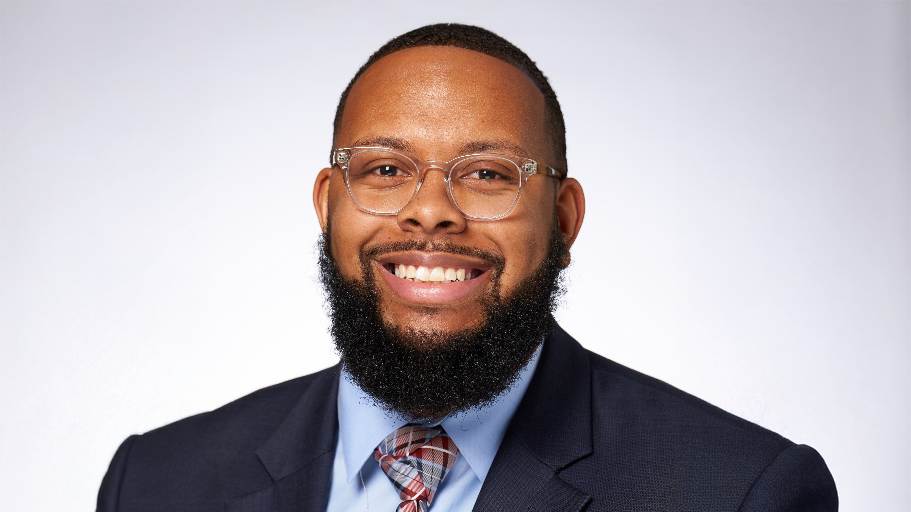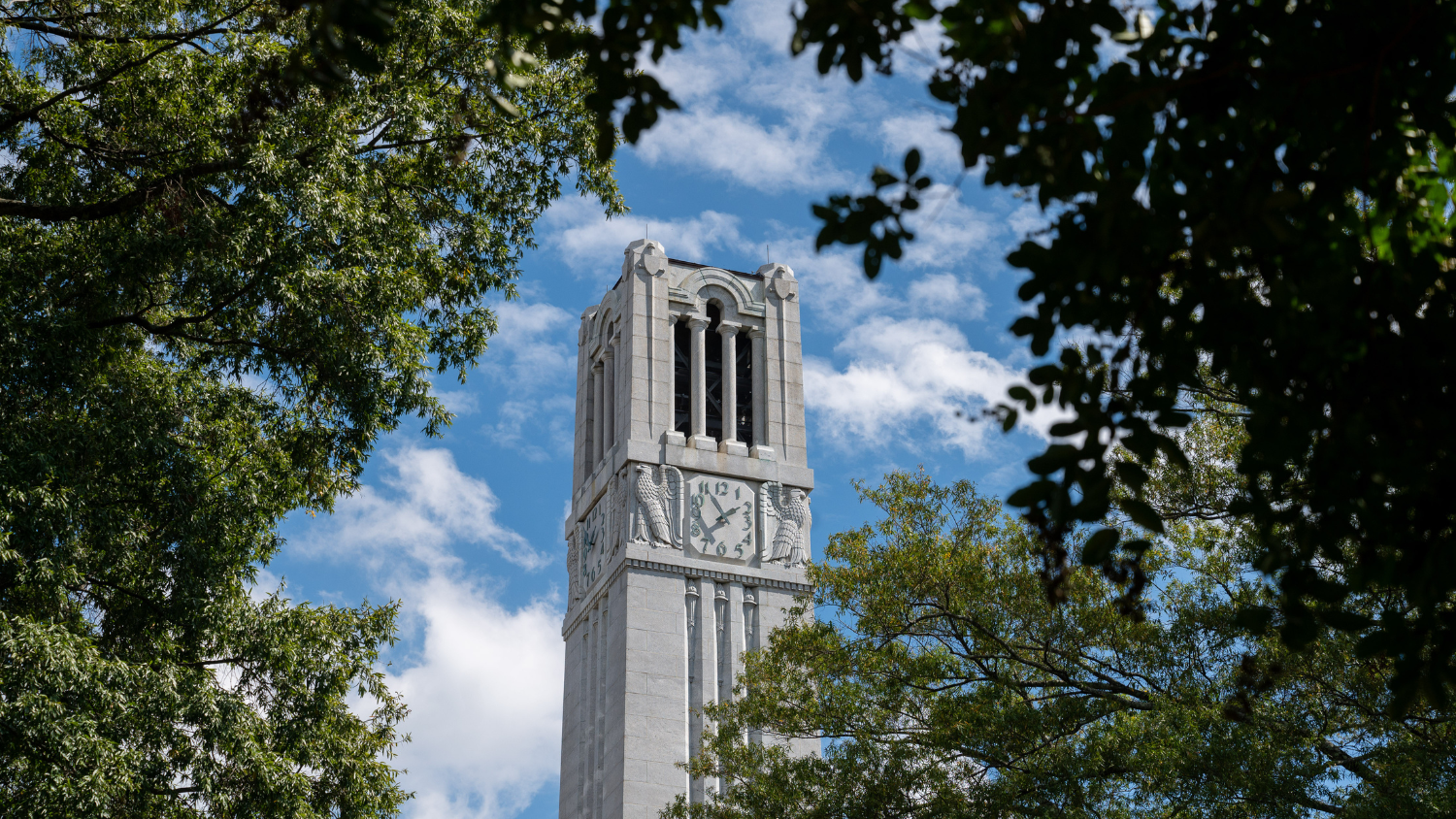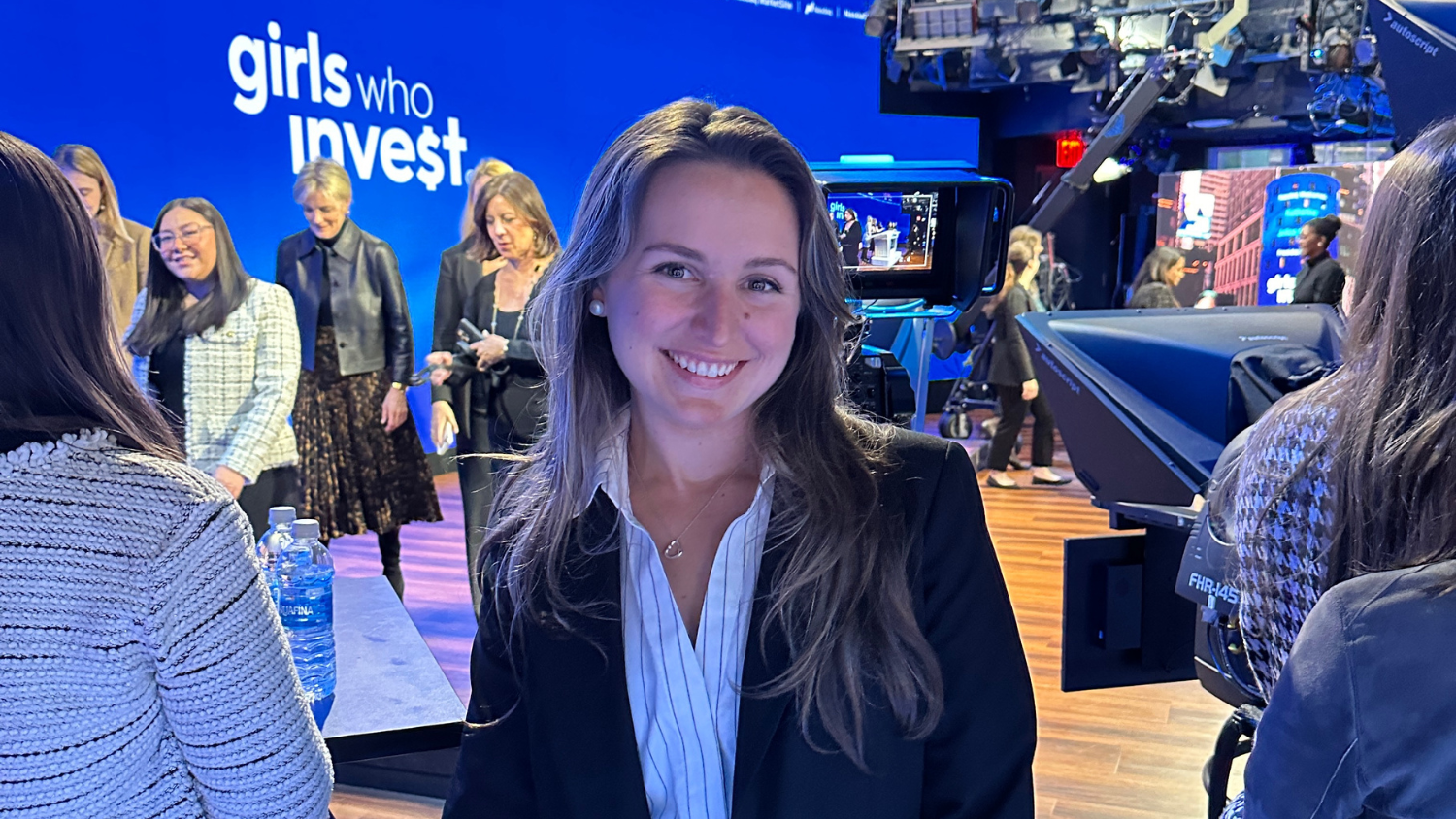HERStory: Jessica Thomas reflects on using business, writing, as forces for good

Jessica Thomas is director of the Business Sustainability Collaborative at the NC State Poole College of Management and a lecturer in college’s Department of Management, Innovation and Entrepreneurship, teaching social innovation and environmental sustainability in the college’s undergraduate and Jenkins MBA programs. She has an engineering degree and an MBA, has designed children’s toys, traveled extensively, and is a novelist. Following are her responses to an email interview with Poole College Communications, conducted during Women’s HERstory Month.
Describe your Role with the BSC
My work focuses on studying innovative sustainable business models, including B Corporations. This includes leading the nationally recognized B Corp Clinic, an experiential learning consulting program that brings students from various disciplines together with aspiring and certified B Corps, to drive social and environmental impact. I helped to found the Global B Corp Academic Community that works to unite academics studying and teaching about B Corporations. In 2016, I was recognized for my leadership in the B Corp movement with the Bill Clark Award.
You Also are a Published Novelist. Tell Us About That.
I started out writing nonfiction travel stories as I traveled around the world in my twenties. I read “The Artist’s Way” by Julia Cameron while traveling across Australia and wrote in big letters at the close of the book, I WILL WRITE A NOVEL. That was 13 years ago. Since then, I’ve taken my inspiration from the world around me and from the parts of life that I love. I weave my travel experiences into my writing, my passion for technological innovation and my personal vision for creating large scale social and environmental change.
I’m inspired to write because I see storytelling as a compelling mode to engage people in big ideas. My book, “How Not to Save the World,” evolved from a desire to create a compelling story that would include all of those elements. That kept me going for eight years!
I also just love writing. The page is the one place I can funnel all of the ideas swirling around in my head. With a generous amount of editing, those ideas can be transformed into a story and even a novel, or two or three.
In my writing, I highlight strong female friendships and the power of those personal connections. “How Not to Save the World” tells the story of Remi Austin, a fundraiser for the African Peace Collaborative (APC), a conflict resolution nonprofit founded by her late mother.
Frustrated by her inability to raise funds and faced with the imminent closure of the APC, Remi turns to a life of crime to keep her nonprofit afloat. From Sydney to Tokyo, to Geneva and Cape Town, Remi transforms from a fundraiser too shy to speak during staff meetings into a daring international art thief who must stop a war from breaking out and figure out how to save herself from a life behind bars. With the help of her best friend, a designer and inventor who creates gadget-packed gowns, Remi eludes a dashing insurance agent and a terrifying stalker, all while redistributing the wealth of the world, one work of art at a time.
My hope is to inspire others to think about how they can find their personal path to leaving this world better than the way they found it.
What Fuels your Writing?
My day job definitely provides me with a lot of inspiration for my evenings and weekends of writing. I’m inspired by the businesses we work with, from Fortune 500 companies to start-up ventures, that are developing new and innovative ways to safeguard our planet and have a positive impact on our communities, all while making a profit.
I’m also inspired by the students and alumni from the program whose personal vision – to use business as a tool to make the world a better place – only grows as they progress in their degrees and their careers. I’m inspired by the people I work with who have made a lifelong commitment to turn a business school into not just a rigorous academic institution but also an incubator for change.
Can you tell I love my job? If I didn’t, I wouldn’t be able to pull myself away from writing.
Tell Us about Your Prior Professional Roles.
I’ve always loved exploring different fields. At Stanford, I had the opportunity to major in product design, an interdisciplinary major that enable me to explore psychology, art, design and mechanical engineering. I started out my career on a traditional engineering path, designing mobile satellite communication systems but I quickly discovered that my brain craved a more creative application of my engineering background.
My favorite project in college was designing a set of life-size building blocks, so I decided to cold call toy companies I admired until I found one that would hire me. After some fast talking, the first company I called, LeapFrog – a startup at the time that produced educational children’s toys – brought me on board. I loved the challenge, the creativity and the impact of designing educational toys.
One of my favorite toys that I developed was called the Twist and Shout, which taught multiplication equations set to a hip hop beat. The toy was an instant hit. Oprah named it as one of the best Christmas toys of 1998. It was such a thrill to see a young girl on her show doing multiplication tables with a big smile on her face.
I worked on over a dozen toys in half a dozen languages distributed around the world, and the letters that we received from children and parents about the impact of the toys on their lives kept me going during 80-hour works weeks for years. I then became very interested with the potential that business can have to drive change and to create a positive impact on the world, so I decided to go to Duke University’s Fuqua School of Business to study social entrepreneurship.
Since then, I’ve had the chance to study different models and strategies for affecting positive social and environmental change on our world and our communities. What drew me to toy design now draws me to sustainable social entrepreneurship. It’s from this diverse background that I also draw my twin passions in writing for technological innovation and for creating significant social change through entrepreneurial ventures.
What is a Message that you Think is Most Important to Convey to Women Today?
That would be the power that women have to change the world, whether it’s through a creative endeavor like writing, starting a new venture or being a change-maker within an existing organization.
Here is one of my favorite quotes:
“Our deepest fear is not that we are inadequate. Our deepest fear is that we are powerful beyond measure. It is our light, not our darkness that most frightens us. We ask ourselves, ‘Who am I to be brilliant, gorgeous, talented, fabulous?’ Actually, who are you not to be?” ― Marianne Williamson, A Return to Love: Reflections on the Principles of “A Course in Miracles”
Note: This story was compiled from an interview by Lindsay Graham, a Poole College sophomore and PEP Intern, and edited for flow by Anna Rzewnicki, Poole College communications.


